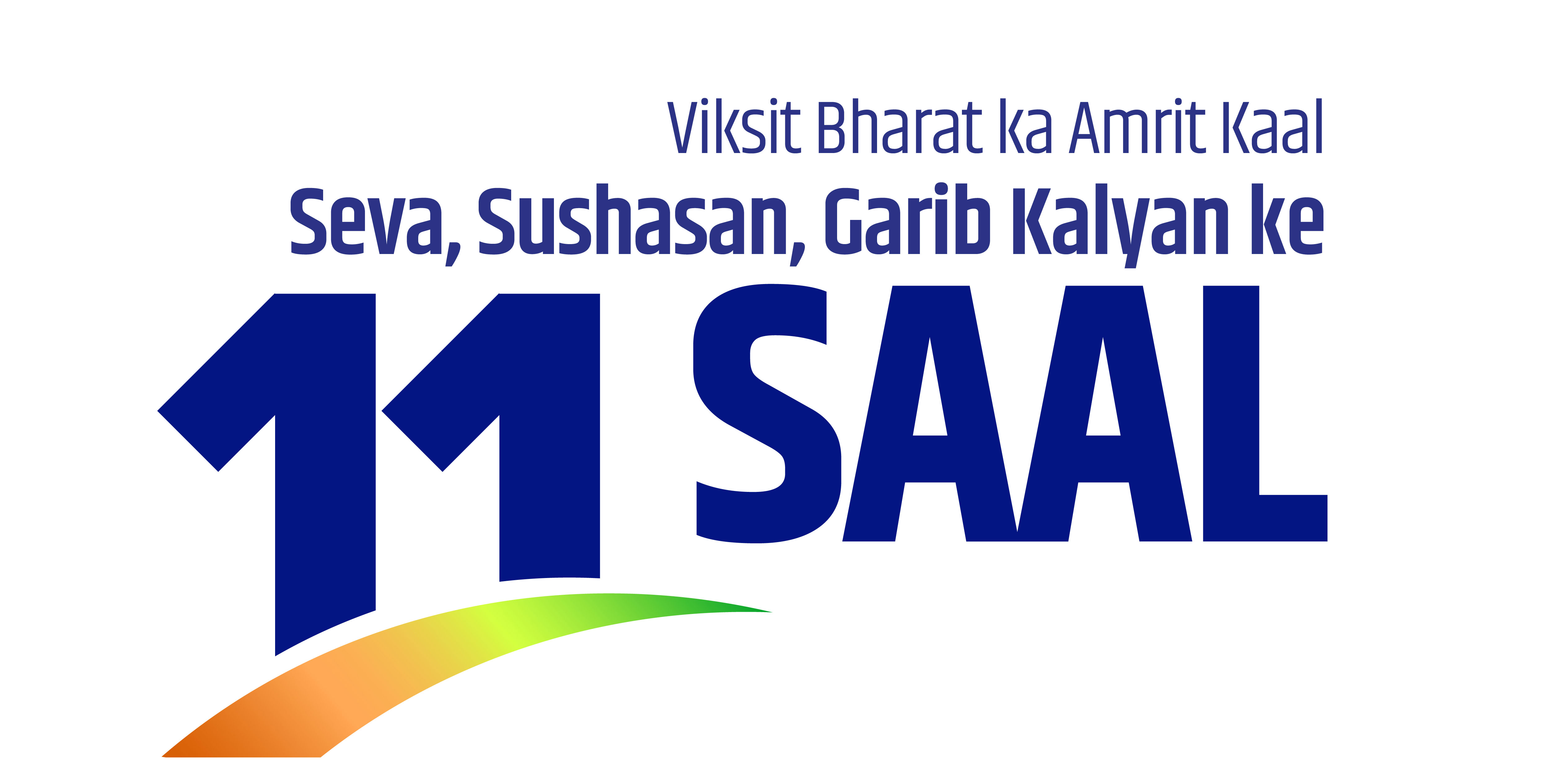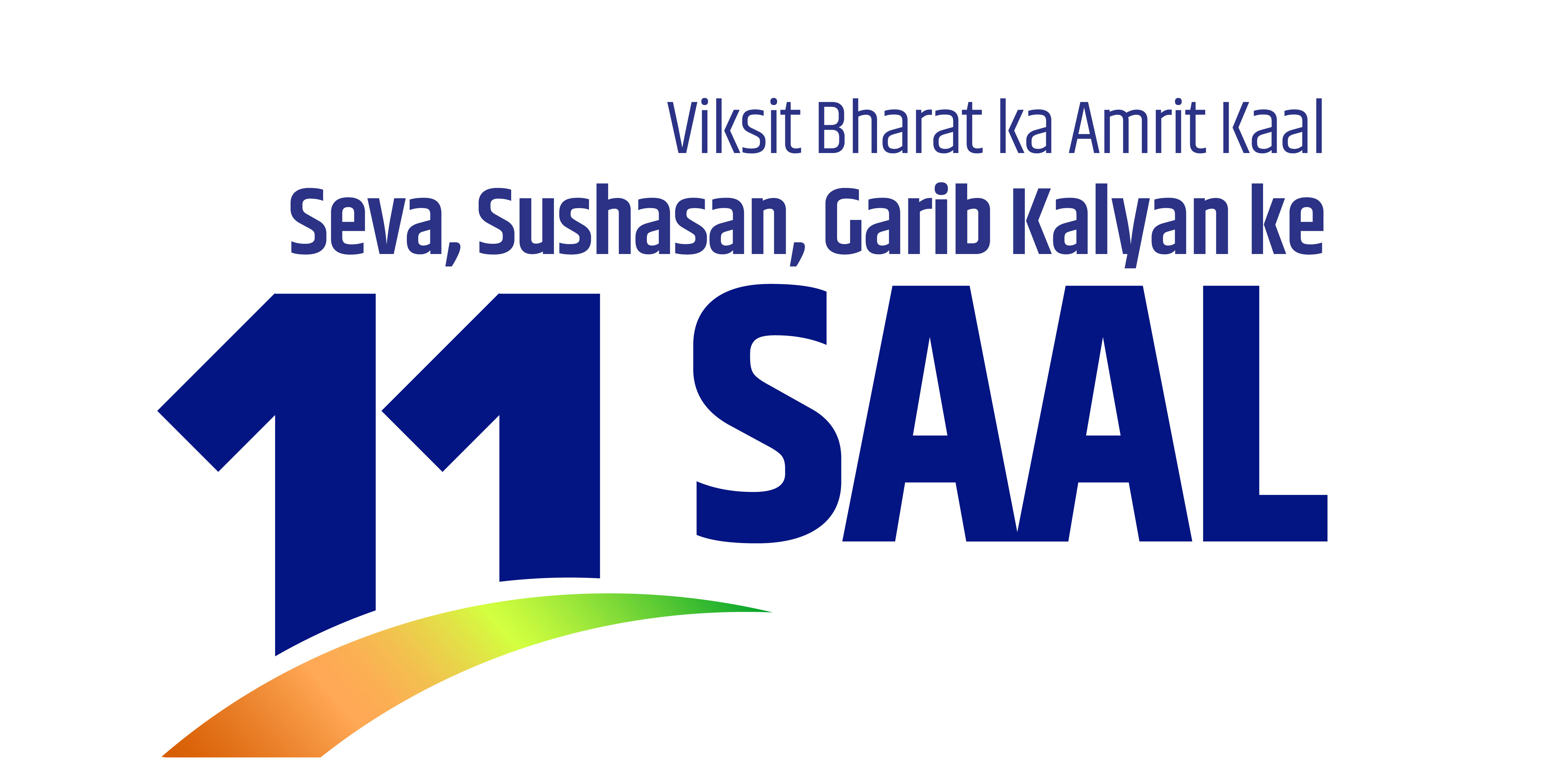

Achievements
- Serving The Poor, Honouring The Marginalised
- Empowering India's Amrit Peedhi
- Ensuring Farmer Welfare
- New momentum for Nari Shakti
- Advancing India's National Security and defence
- Infra at Speed and Scale
- India's Enduring Tech-Prowess
- India: A Global Economic Powerhouse
- Affordable, Accessible Healthcare For All
- Northeast India - A Growth Engine
- Ease of Doing Business
- Vishwamitra : A friend to the world
- Ease of Living For Middle Class
- Conserving Cultural Heritage
- Propelling LiFE Environment and Sustainability
Building Bridges to Prosperity: Enhancing Business Environment in India
2023-05-29 18:44:00
India has seen some remarkable and historic transformations since 2014 under the visionary leadership of Prime Minister Narendra Modi. One of the key areas where one can witness a radical change is in the ease of doing business. The fact that businesses were investing heavily in India even during the pandemic period is a hallmark of this.
PM Modi was able to make India one of most preferred investment destinations worldwide, and there were seven main factors behind this – transformative structural reforms, pro-market policies, encouragement to entrepreneurship, massive push towards manufacturing, investment in skilling the youth, rapid progress in adopting digital technology, and an unprecedented investment in infrastructure – all of which were unfortunately neglected in the previous government regimes.
PM Modi saw to it that the constraints which were holding back the progressive run of the economy were removed and replaced with a conducive and hassle-free business environment. Guided by the motto of ‘Minimum Government, Maximum governance’, the first major change came in the form of an online single window system, where all types of clearances, approvals, and renewals could be obtained. A smooth and accessible grievance redressal mechanism was also introduced. With the enactment of Insolvency and Bankruptcy Code 2016, the business regulatory environment was transformed and processes such as complying with agreements, enforcement of contracts, inspections, and resolving commercial disputes and insolvency events became convenient.
The government also took a slew of decisive steps, from empowering young entrepreneurs through capacity building, to initiating a comprehensive digital transformation. Further, to revamp the systems which slowed the growth and to make the business environment more conducive, PM Modi did away with more than 2000 outdated laws from the British era. This was seen as an encouragement to the emerging environment of budding entrepreneurship all across the nation. Simultaneously, steps were taken to remove the constraints in raising capital. Earlier during the previous government’s reign, it was almost impossible for small businessmen who did not have any asset to guarantee, to take loans from banks, but such businessmen could now easily take loans as a system was made under which MSMEs, small traders, businessmen and entrepreneurs could get subsidised collateral-free loans from banks.
Another path breaking reform in the economic landscape came in the form of a GST, an indirect and transaction based tax which subsequently decreased the number of taxes and compliance burden on the taxpayers of India. Since its implementation, the taxpayer base has more than doubled - while there were around 66 lakh taxpayers in July, 2017, it increased to around 1.4 crore in July 2022. There was also a huge increase in the average monthly GST collection – from Rs. 0.98 lakh crore in FY 2018-19 to Rs. 1.51 lakh crore in FY 2022-23. With the implementation of GST, industries and traders also got the benefit of easy registration and fast refund, along with increased transparency and accountability. The MSMEs of India this Ease of business as conducive atmosphere which is enabling and empowering.

The manufacturing and services sector were also given a big boost, with flagship schemes such as the Make in India, Startup India and the Stand-Up India. For the success of these schemes, Skill India programme was launched to meet the demand of skilling, upskilling and reskilling the workforce. There was also a sea change in the logistics and supply chain situation in the country, with a massive expansion in the road, rail and port infrastructure. Capital expenditure outlay in the Budget has increased almost 3 times from Rs. 3.39 lakh crore in 2019-20 to Rs. 10 lakh crore in 2023-24. Another major step came in the way of reforming 29 labour laws into 4 codes, taking forward the campaign of streamlining existing laws.
The government also created a better environment for investment and liberalised the FDI policy allowing for 100% foreign investment in many sectors. Corporate taxation was also reduced and simplified, making India more globally competitive. This boosted investors' confidence and increased investment inflows into the country. As a result, FY22 saw the highest ever FDI inflows of US $83 billion, which is 84 per cent higher than the figure of US $45 billion in FY 2014-15. India also saw the highest service and merchandise exports, with a growth of 150% in the last 9 years from $310 billion in 2014-15 to a record $775 billion in 2022-23.

The government has taken revolutionary steps in the strengthening of Intellectual Property rights with the launch of National Intellectual Property Awareness Mission (NIPAM) to achieve a target of training 1 million students on Intellectual Property (IP) awareness. The filing of patents has increased by more than 50% in the last 7 years with a nearly five-fold increase in grant of patents in 2021-22 as compared to 2014-15, making the initiative a grand success. India’s ranking in the Global Innovation Index (GII) also went up 41 places, from 81st in 2015 to 40th rank in 2022.
The unwavering devotion and the relentless pursuit of business reforms has yielded results in almost every parameter. The clarion call by PM Modi to make India self-reliant is also gaining immense traction. With recent path breaking initiatives like PLI schemes in 14 key sectors to accelerate the export-oriented manufacturing, PM Gati Shakti National Master Plan, Open Network for Digital Commerce (ONDC), New Logistics Policy, and Foreign Trade Policy 2023, Indian business are now projected to scale newer heights in the time to come.
The Indian economy has come a long way over the past 9 years and now, it is recognised as the fastest growing economy in the world. With ongoing inclusive efforts, relentless pursuit of business reforms, encouraging entrepreneurship and emerging facilitative investment climate it will not be long when the Indian economy will soar greater heights and India will emerge as a major economic power in the time to come.India's commitment to enhancing the business environment is driving economic growth and attracting investments. Through regulatory reforms, digital transformation, infrastructure development, investor-friendly policies, improved access to finance, and skilling initiatives, India is building bridges to prosperity.
More Articles

Ease of Doing Business
सहज गवर्नेंस और सुदृढ़ विकास की नींव हैं प्रोसेस रिफॉर्म्स
June 7 , 2025
पिछले 11 वर्षों में भारत में शासकीय प्रणाली के काम करने के तौर-तरीकों और आम नागरिकों व व्यापार जगत के साथ तालमेल के तरीके में एक बड़ा बदलाव आया है। यह परिवर्तन प्रधानमंत्री नरेन्द्र मोदी के नेतृत्व वाली सरकार द्वारा प्रोसेस रिफॉर्म्स पर निरंतर ध्यान देने का परिणाम है। ये रिफॉर्म्स मुख्यतः तकनीक आधारित रहे हैं, जिन्होंने सरकारी प्रक्रियाओं को सरल बनाया, देरी को कम किया, अनावश्यक प्रक्रियाओं को खत्म किया और सेवाओं के प्रभावी वितरण को संभव बनाया। प्रधानमंत्री मोदी के नेतृत्व में इन सुधारों ने भारत

Ease of Doing Business
भारत में कानूनी सुधारों को पुरातन से प्रगतिशील दिशा
June 7 , 2025
पिछले 11 वर्षों में भारत के आर्थिक सुधारों का प्राथमिक उद्देश्य रहा है आसान, त्वरित और पारदर्शी व्यापार। व्यापार जगत में हो रहे इन बदलावों का प्रमुख आधार रहे हैं – पुराने और अप्रासंगिक कानूनों को हटाना तथा व्यापार से जुड़े कई छोटे कंप्लायंस को गैर-आपराधिक (Decriminalise) श्रेणी में लाना। प्रधानमंत्री मोदी के नेतृत्व में भारत सरकार ने कानूनों के आधुनिकीकरण, कंप्लायंस का सरलीकरण और नियामकों में विश्वास बहाल करके, व्यापार और सरकार के बीच संवाद की पूरी प्रणाली को बदल दिया है। बीते 11 वर्षों मे